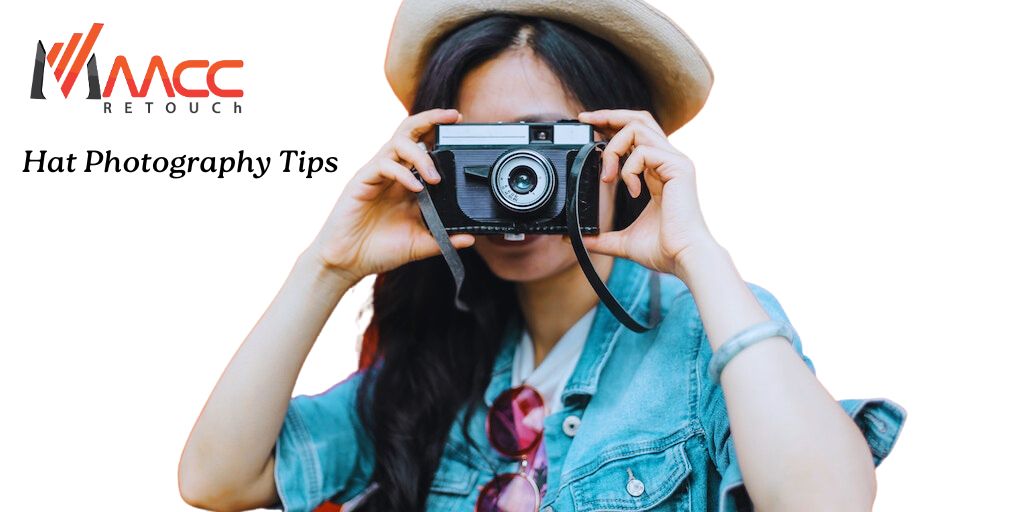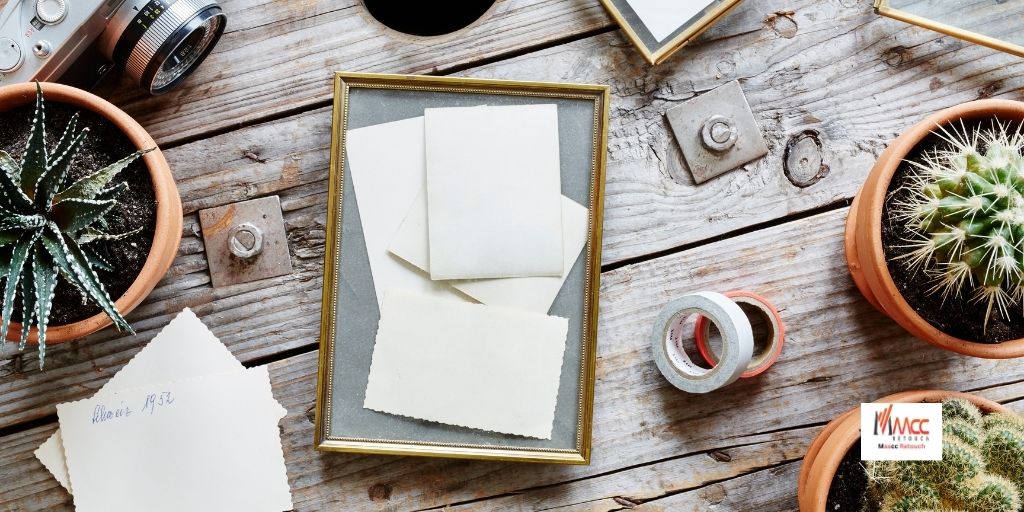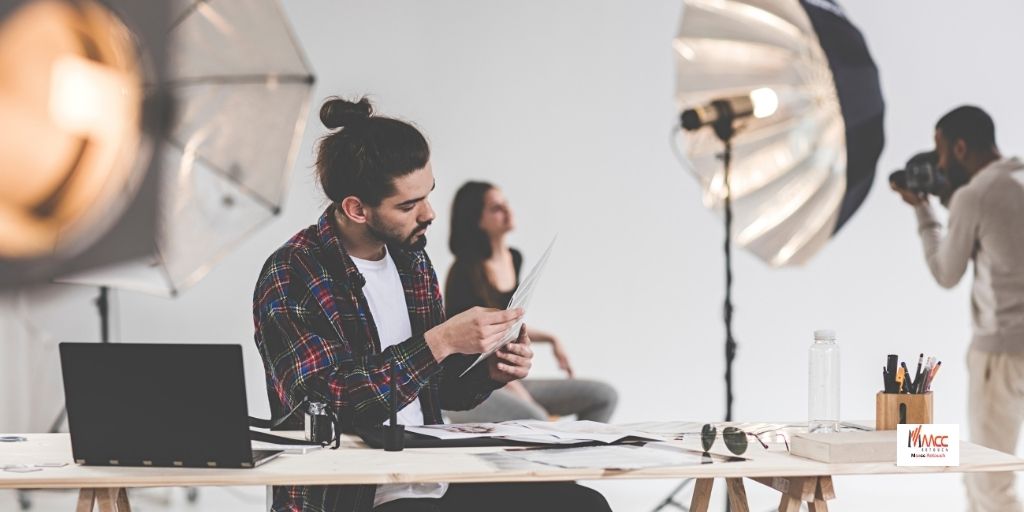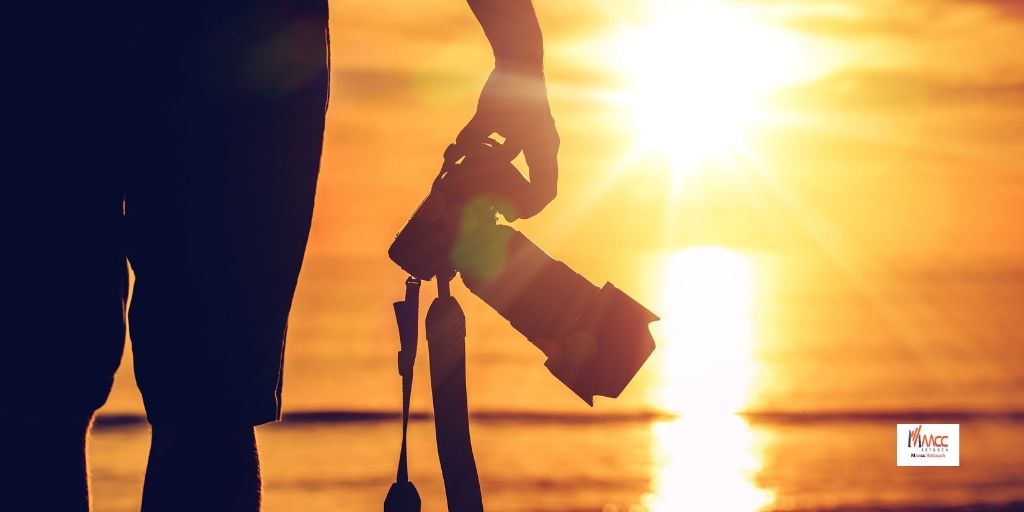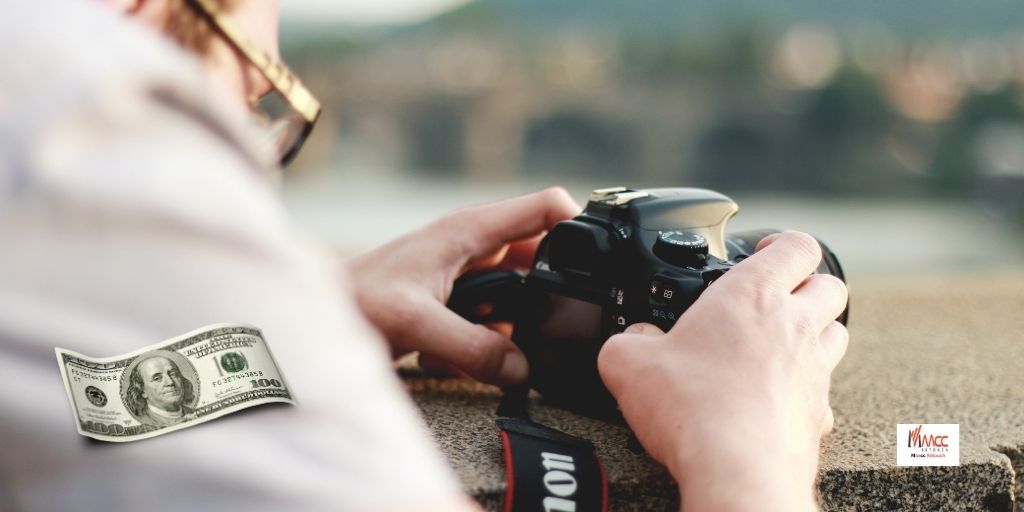Hat photography can add a touch of style, personality, and intrigue to your images. Whether capturing fashion shoots, outdoor portraits, or conceptual art, incorporating hats can elevate the visual impact. To make the most of hat photography, consider factors like lighting, angles, composition, and hat placement. These tips can help you create captivating and visually appealing photographs that highlight the beauty and character of hats.
Hat Photography Tips
When it comes to hat photography, there are numerous tips that can help you capture stunning and visually appealing images. From preparing the hat to exploring various styles and techniques, here are some valuable suggestions to enhance your hat photography skills.
Prepare the Hat
Before you begin your hat photography session, it’s crucial to ensure that the hat is in its best condition. Remove any dust, lint, or wrinkles from the hat using a lint roller or a soft cloth. If necessary, steam or iron the hat to remove any creases or dents. Taking the time to prepare the hat will result in a more polished and professional look in your photographs.
Use a Mannequin Head to Display the Hat
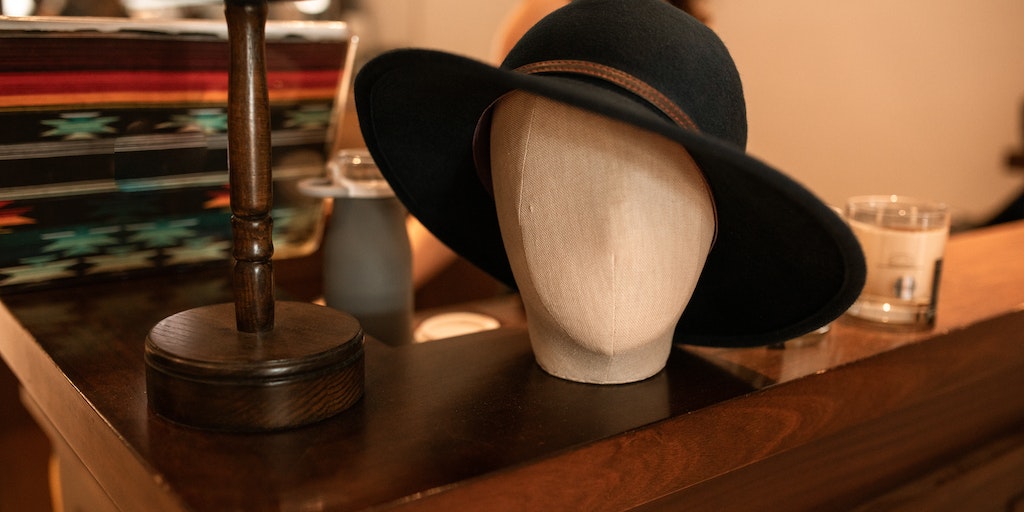
To showcase the shape and structure of the hat, consider using a mannequin head or a hat stand. This allows the hat to be displayed in a visually appealing manner while maintaining its form. It also provides a consistent and stable platform for photographing the hat from different angles.
Avoid Distracting Backgrounds
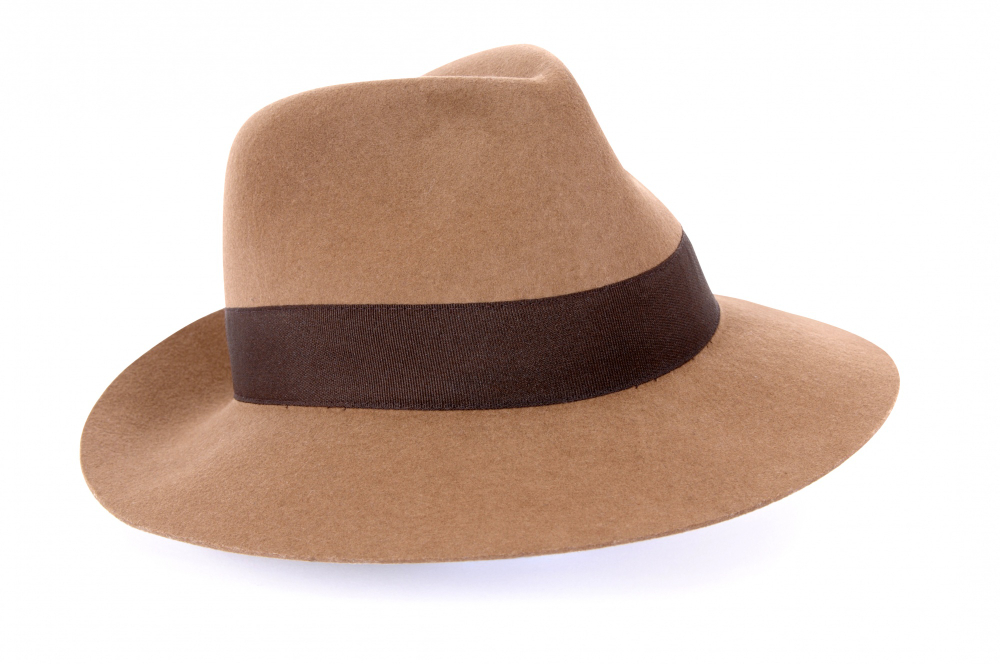
When photographing hats, it’s important to choose a clean and uncluttered background that doesn’t compete with the hat for attention. Opt for a solid-colored wall, a simple backdrop, or an outdoor location with a clean and neutral background. This ensures that the focus remains on the hat and prevents any distracting elements from detracting from the overall composition.
Enhance the Photos
After capturing your hat photographs, post-processing can help enhance the images further. Use photo editing software to adjust the exposure, contrast, and colors to bring out the details and make the hat stand out. Be mindful not to over-edit and maintain a natural look that accurately represents the hat’s appearance.
Choose Props
Incorporating props can add interest and context to your hat photographs. Select props that complement the style and theme of the hat. For example, if you’re photographing a beach hat, consider adding sunglasses, a beach bag, or a sun umbrella to create a summery atmosphere. Props can enhance the overall composition and tell a story about the hat.
Dress the Model in a Complementary Outfit
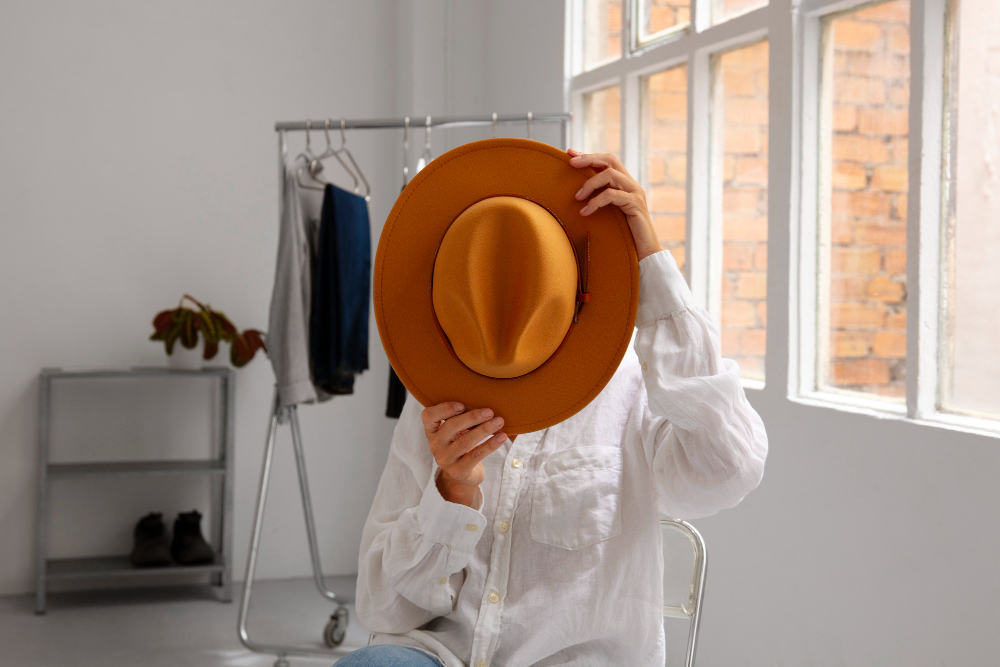
When photographing hats on models, it’s essential to dress them in outfits that complement the hat. Consider the color palette, style, and texture of the hat when selecting the model’s clothing. The outfit should harmonize with the hat and create a cohesive and visually pleasing look. Pay attention to details like patterns, accessories, and overall aesthetics to ensure a well-coordinated appearance.
Use the Ghost Mannequin Technique
If you’re photographing hats with unique shapes or interior details, consider using the ghost mannequin technique. This involves photographing the hat from different angles, both on and off the model, and combining the images in post-processing. It allows you to showcase both the inside and outside of the hat, highlighting its design and construction.
Capture Different Angles
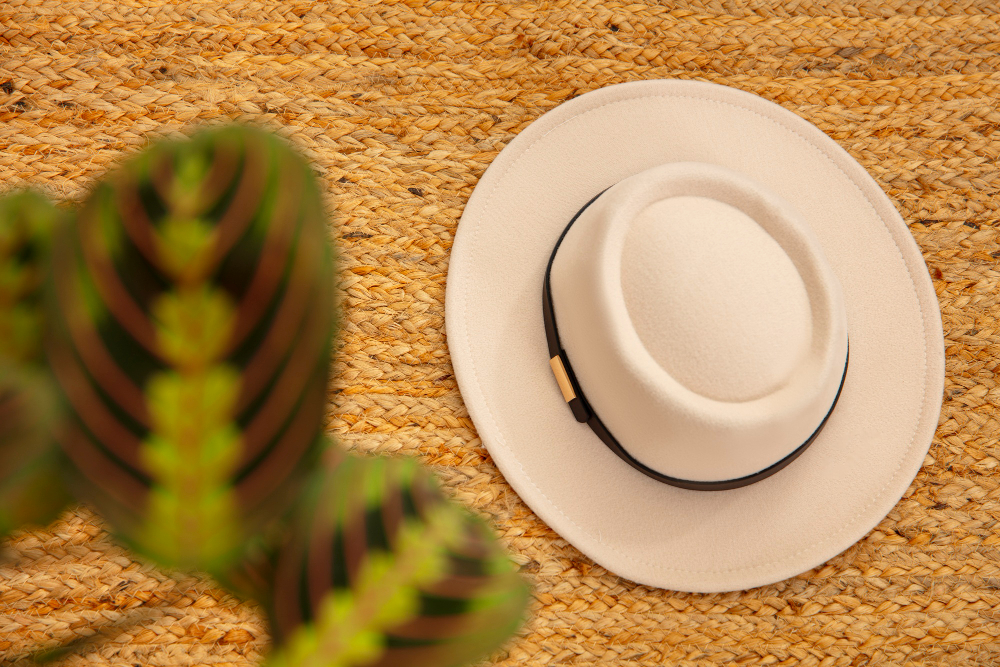
Experiment with capturing the hat from various angles to find the most flattering and interesting perspectives. Photograph the hat from above, below, or at eye level to showcase different details and create visual variety in your shots. Changing the angle can dramatically alter the overall appearance and bring out the unique features of the hat.
Decide Between Natural and Artificial Lighting
Consider the mood and style you want to convey in your hat photographs and choose the lighting accordingly. Natural light can provide a soft and organic feel, especially when shooting outdoors. Alternatively, artificial lighting offers more control over the lighting conditions and allows you to create specific effects. Experiment with different lighting setups and techniques to achieve the desired look for your hat photography.
Steady Your Camera on a Tripod
To ensure sharp and crisp images, use a tripod to stabilize your camera. This is especially important when shooting in low light conditions or when using longer exposure times. A steady camera eliminates unwanted blur and allows for more precise framing and composition. Invest in a sturdy tripod that can support the weight of your camera and lens.
Experiment with Different Hat Styles
Explore a variety of hat styles to add diversity and interest to your hat photography. Each hat style has its unique characteristics, such as brim width, crown shape, and materials used. Experimenting with different hat styles allows you to showcase the versatility and beauty of hats while catering to different tastes and preferences.
Engage with the Model for Natural Poses

Encourage the model to interact with the hat, adjusting it, or showcasing different angles. This brings movement and life to the photographs, creating a sense of authenticity and personality. Natural poses and expressions can make the images more relatable and engaging. Encourage the model to experiment with different poses that showcase the hat in a flattering and effortless way. This can involve tilting the hat, gently holding it, or adjusting its position on the head. By engaging with the model and capturing natural poses, you can create photographs that feel authentic and capture the essence of the hat.
Remember, the key to successful hat photography is a combination of preparation, attention to detail, creativity, and experimentation. By following these tips and practicing regularly, you can refine your skills and create captivating hat photographs that showcase the hats in their best light. Enjoy the process, embrace the challenges, and let your passion for photography shine through in every image you capture.
Conclusion
In conclusion, these hat photography tips provide valuable guidance for capturing stunning images of hats. From preparing the hat and choosing appropriate backgrounds to utilizing props, lighting, and angles, these techniques help showcase the beauty and unique features of each hat. By experimenting, engaging with the model, and having fun, you can elevate your hat photography skills and create visually captivating images.

